
How is charting basal body temperature connected with hormones and ovulation?
The explanation can be fairly easy, if we try to simplify. Imagine estrogen being a cool hormone and progesterone as a warm hormone. When translated to BBT chart, this means your basal body temperature is slightly lower in the follicular phase (your body temperature is cooler because estrogen the cool hormone is ruling) and as soon as you notice a jump in basal body temperature, the jump indicates you have ovulated. The increase happened because the progesterone, a warm hormone, took over, and it made your basal body temperature slightly higher.
You need a thermometer and a BBT chart
You definitely need a thermometer. I prefer a digital, because it is important to notice small changes (to a 0.10 degrees) but any will do. And you need a chart. You can either use one in a digital form and save it on your computer, or if you prefer, you can simply use a pencil and a piece of paper and draw it yourself - whatever you prefer.
When to measure basal body temperature?
Best and actually the only time for charting basal body temperature is the morning: before getting up, before you go to the bathroom, before brushing teeth etc. Measure your basal body temperature first thing in the morning and always at the same time and your BBT chart will accurate.
What are the ranges of basal body temperature?
Typically the ranges in BBT are minimal. Additionally, to some degree there is a wide range of normal temperatures, and it is very possible to notice your BBT being higher one day and lower the other. However, BBT before ovulation will range from 97.0 to 97.6. Additionally, there is a general rule applied when charting BBT prior and after ovulation: when woman ovulates, her BBT rises for 0.2 degrees and stays elevated for at least 3 days comparing to the temperature from the previous 6 days. Than leads to conclusion basal body temperature measured after the ovulation is approximately 97.7 and above.


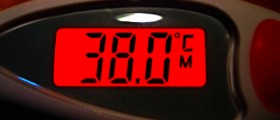



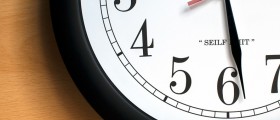
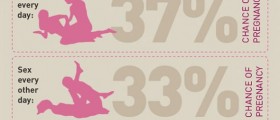



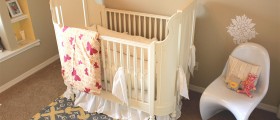


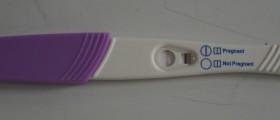
Your thoughts on this
Loading...